The beauty of K'Ho brocade has attracted designers to create new collections. |
Costumes made from brocade fabric of the K'Ho people, in addition to the function of protecting the body and the aesthetic function, also carry accompanying values of anthropology, cultural geography, economic form... K'Ho brocade reflects the K'Ho people's view of the natural world. It is also the worldview in the eyes of the K'Ho people. The K'Ho people have vividly expressed that natural world through colors, through geometric shapes, through the way of interweaving patterns on brocade fabric.
K'Ho brocade has 5 main colors: indigo black, indigo blue, turmeric yellow, reddish brown and white. To get indigo black, K'Ho people use the bark of the black cajuput tree mixed with the roots of wild banana trees. To get indigo blue, K'Ho people use the bark of the cajuput tree. To get yellow, K'Ho people use turmeric. To get reddish brown, K'Ho people use curry seeds... According to Meritorious Artisan Bon Nieng Ka Glong - the person who holds the original brocade dyeing process of the K'Ho people, just choosing a dark color as the background color of the brocade fabric is enough to express the identity of the K'Ho people who want to live in harmony with nature and rely on nature. That is also the reason why foreign tourists are very fond of K'Ho brocade because of its environmentally friendly nature. "Brocade fibers dyed from forest trees have the advantage of being very soft, absorbing sweat quickly, and being extremely breathable," Meritorious Artisan Bon Nieng Glong shared.
However, the process of dyeing colorful fabric is not easy: the raw materials are rare, and it takes a lot of time and effort. Moreover, not every batch of dyeing is as successful as expected. According to Meritorious Artisan Bon Nieng Glong, the time for a batch of dyeing is about 2 - 3 months. It depends on how quickly the artisan searches for the coloring materials. “To create indigo blue, after bringing the cajuput bark home from the forest, the artisan will put it in a jar to soak in water. After 5-7 days, the artisan will take the cajuput bark out of the jar, squeeze out the juice, then pour that juice back into the jar to soak with other ingredients: seashells, squash seeds, chili seeds, salt... After soaking for a while, the artisan will extract the water mixture in the jar to use for dyeing. To make the color durable and beautiful, the artisan must soak the fabric fibers in that water mixture many times, then dry the fibers. Similarly, the method of creating indigo black, turmeric yellow, red brown... is the same, the only difference is in the ingredients", said Meritorious Artisan Bon Nieng Glong.
Through the process of learning about the original dyeing method of K'Ho brocade, the A way to green group from Australia organized a workshop called The art of natural dyeing in K'Ho culrute in Da Lat so that those who love this traditional craft have the opportunity to experience the stages of dyeing brocade fibers of the K'Ho people.
Source: https://baolamdong.vn/van-hoa-nghe-thuat/202503/nghe-thuat-nhuom-soi-vai-cua-nguoi-kho-06a7dc2/


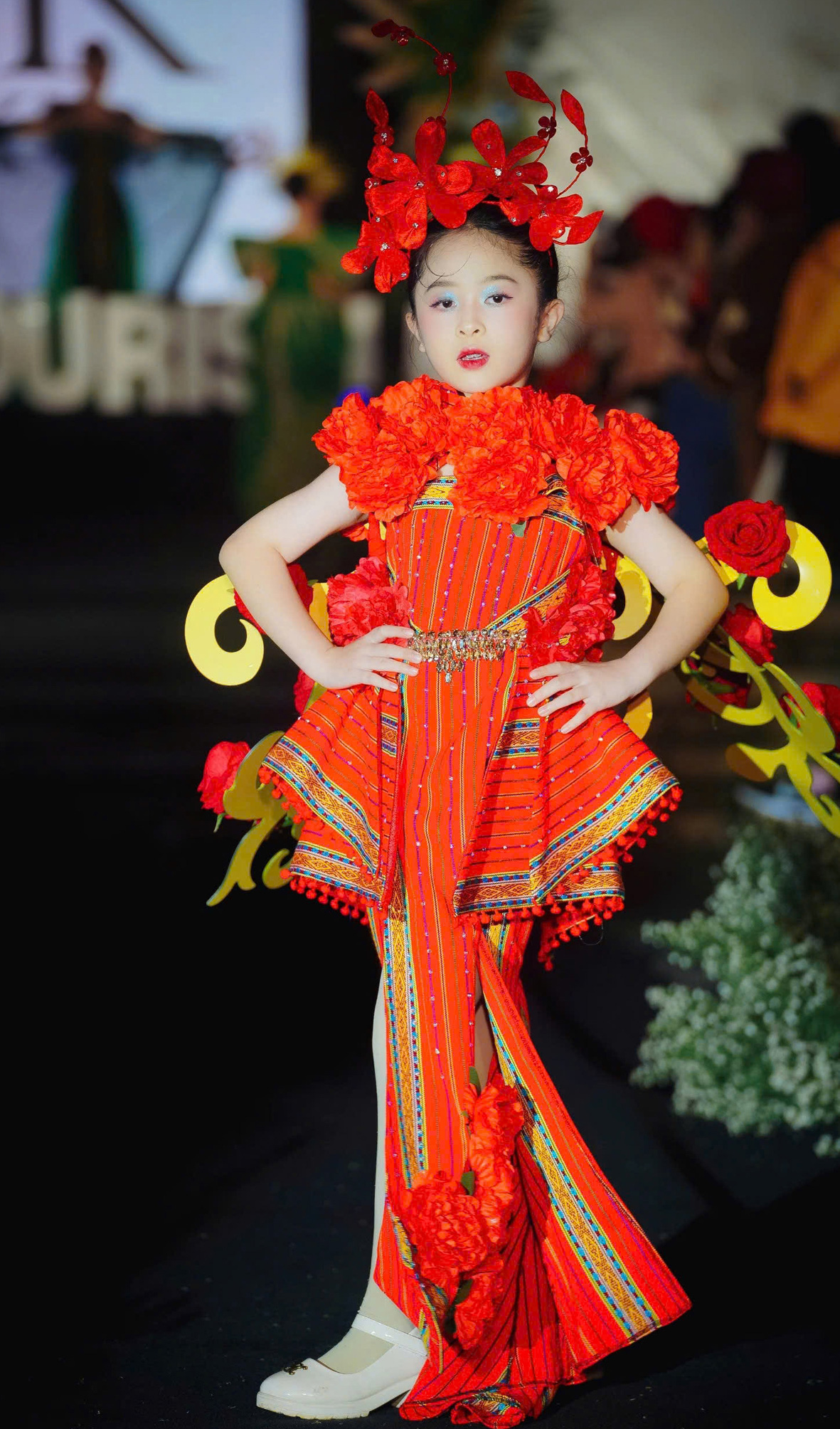


![[Photo] Unique folk games at Chuong Village Festival](https://vstatic.vietnam.vn/vietnam/resource/IMAGE/2025/4/10/cff805a06fdd443b9474c017f98075a4)
![[Photo] Prime Minister Pham Minh Chinh chairs meeting to discuss tax solutions for Vietnam's import and export goods](https://vstatic.vietnam.vn/vietnam/resource/IMAGE/2025/4/10/19b9ed81ca2940b79fb8a0b9ccef539a)


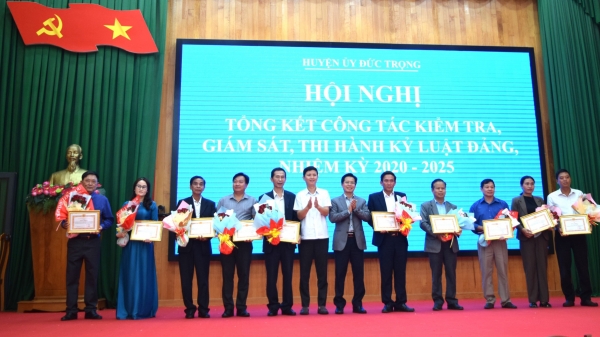


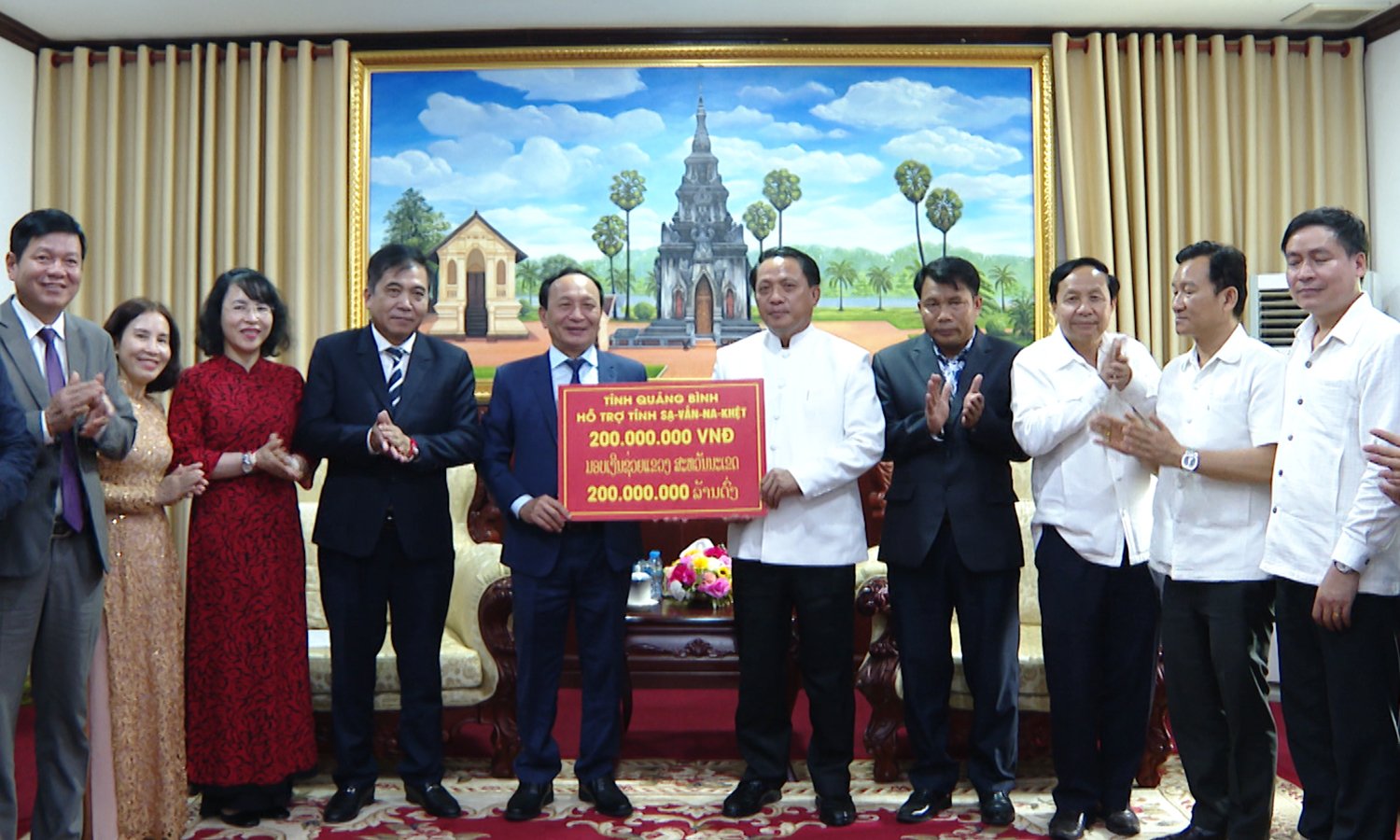
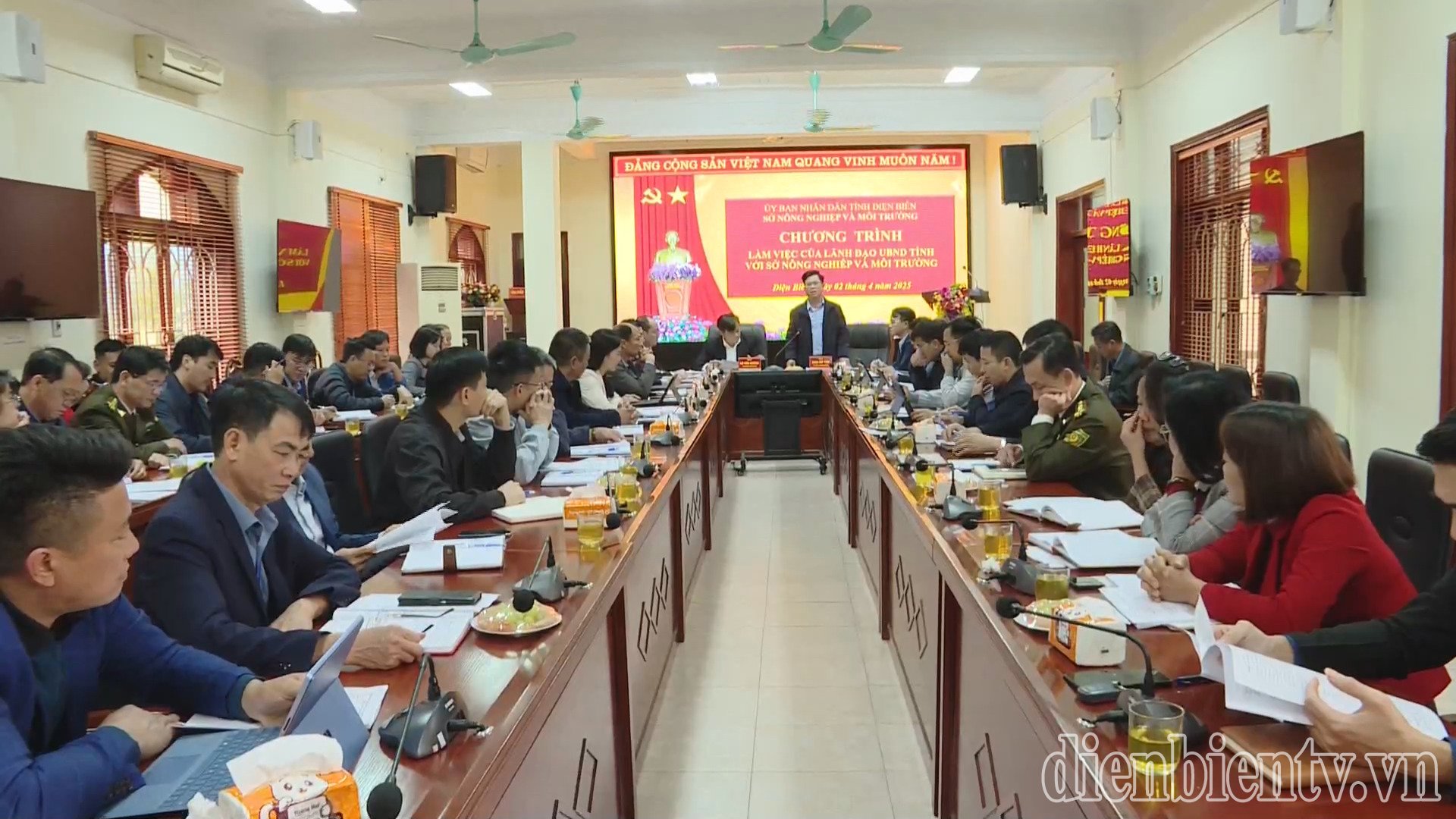

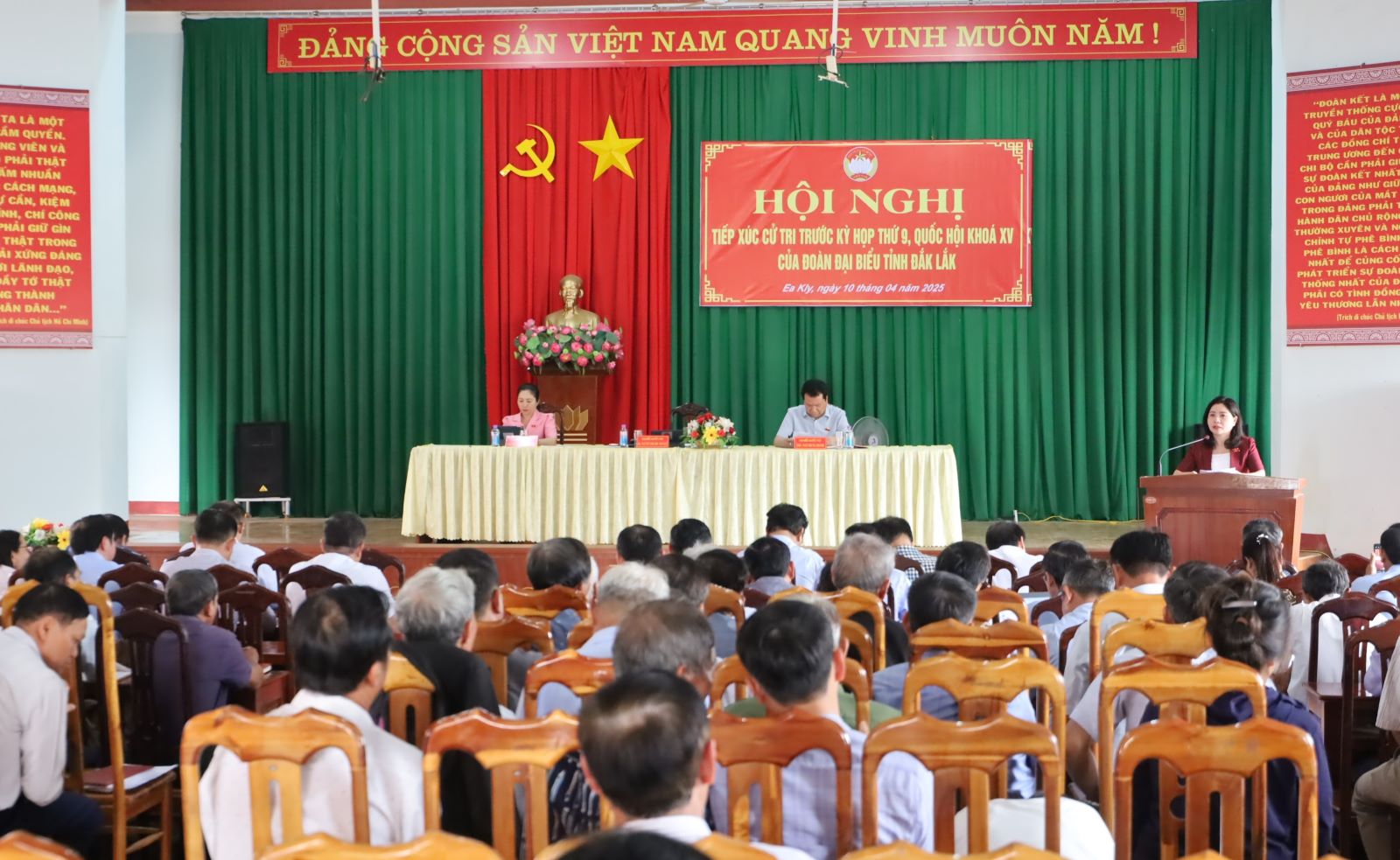
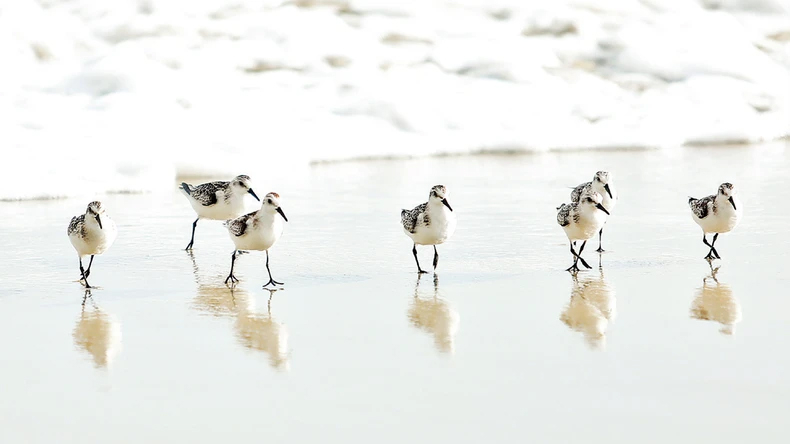
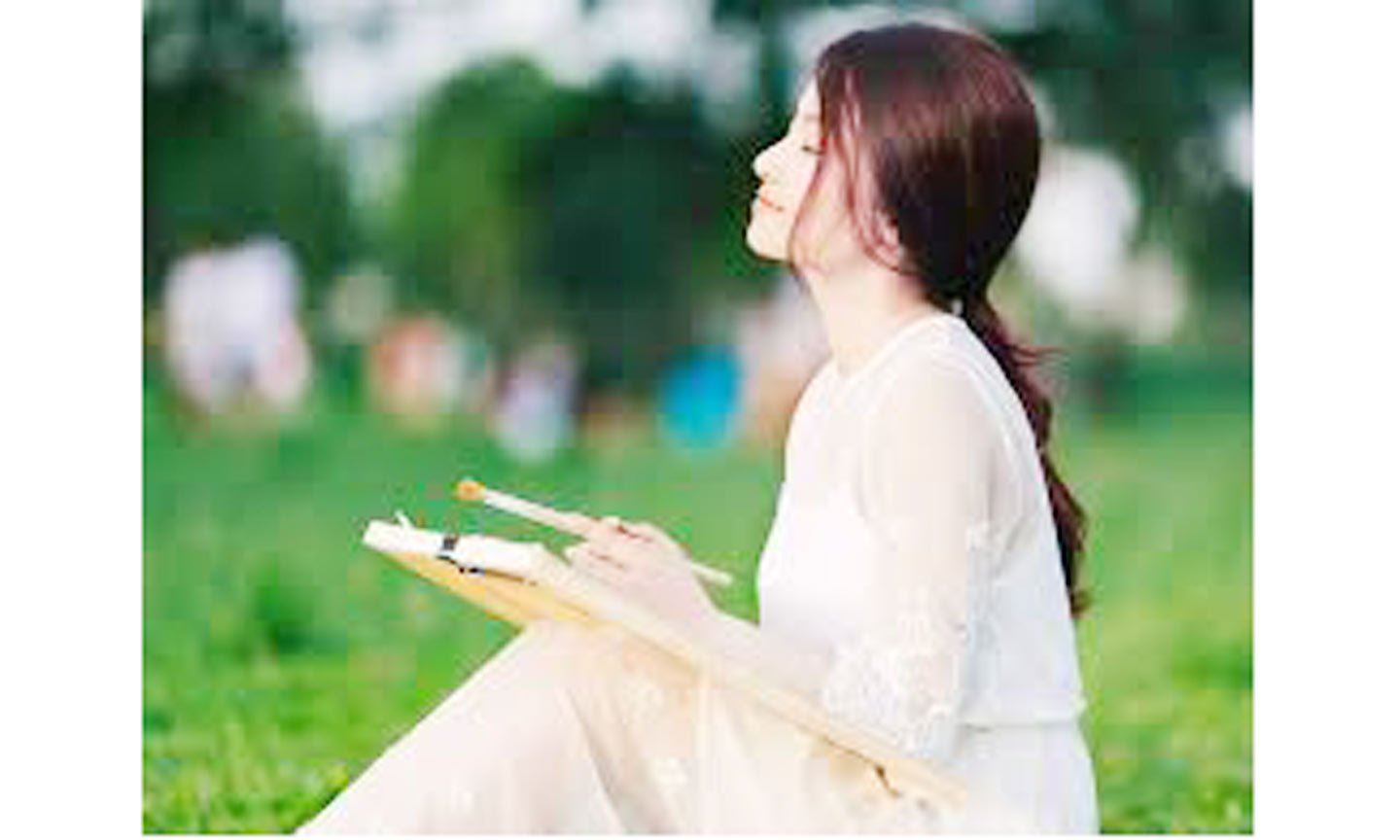
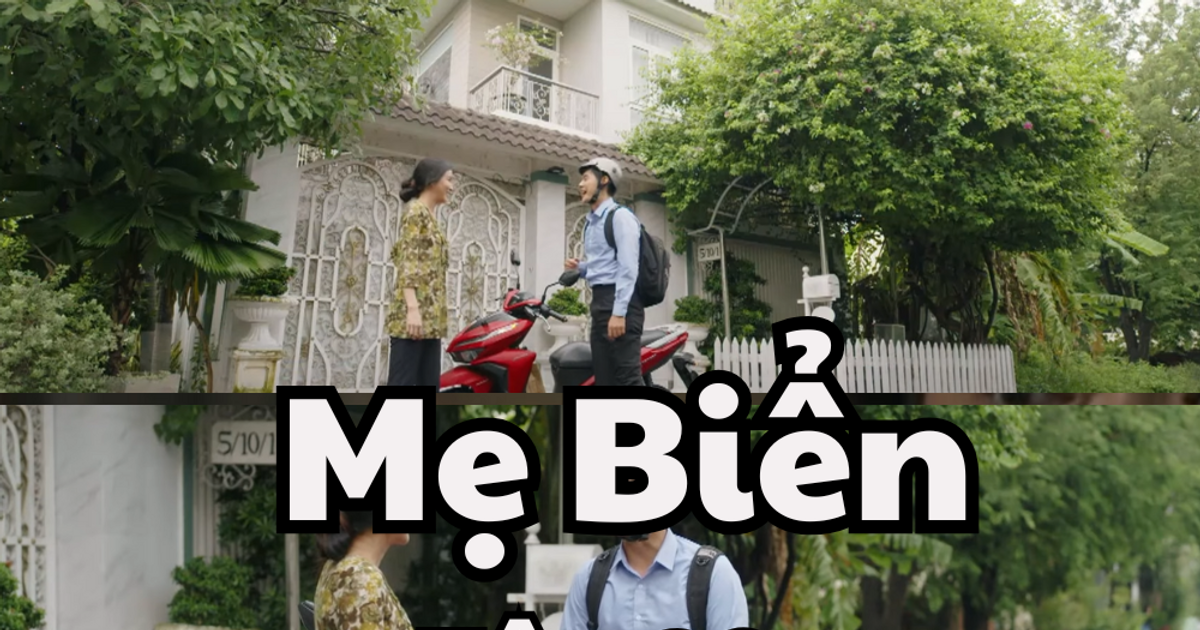
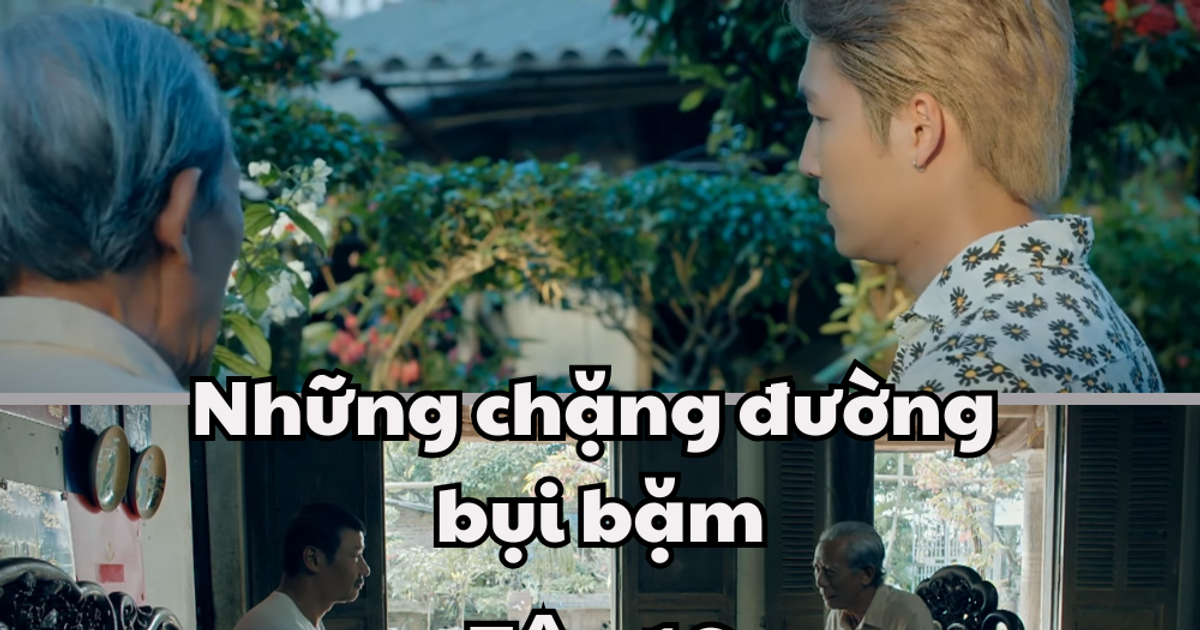
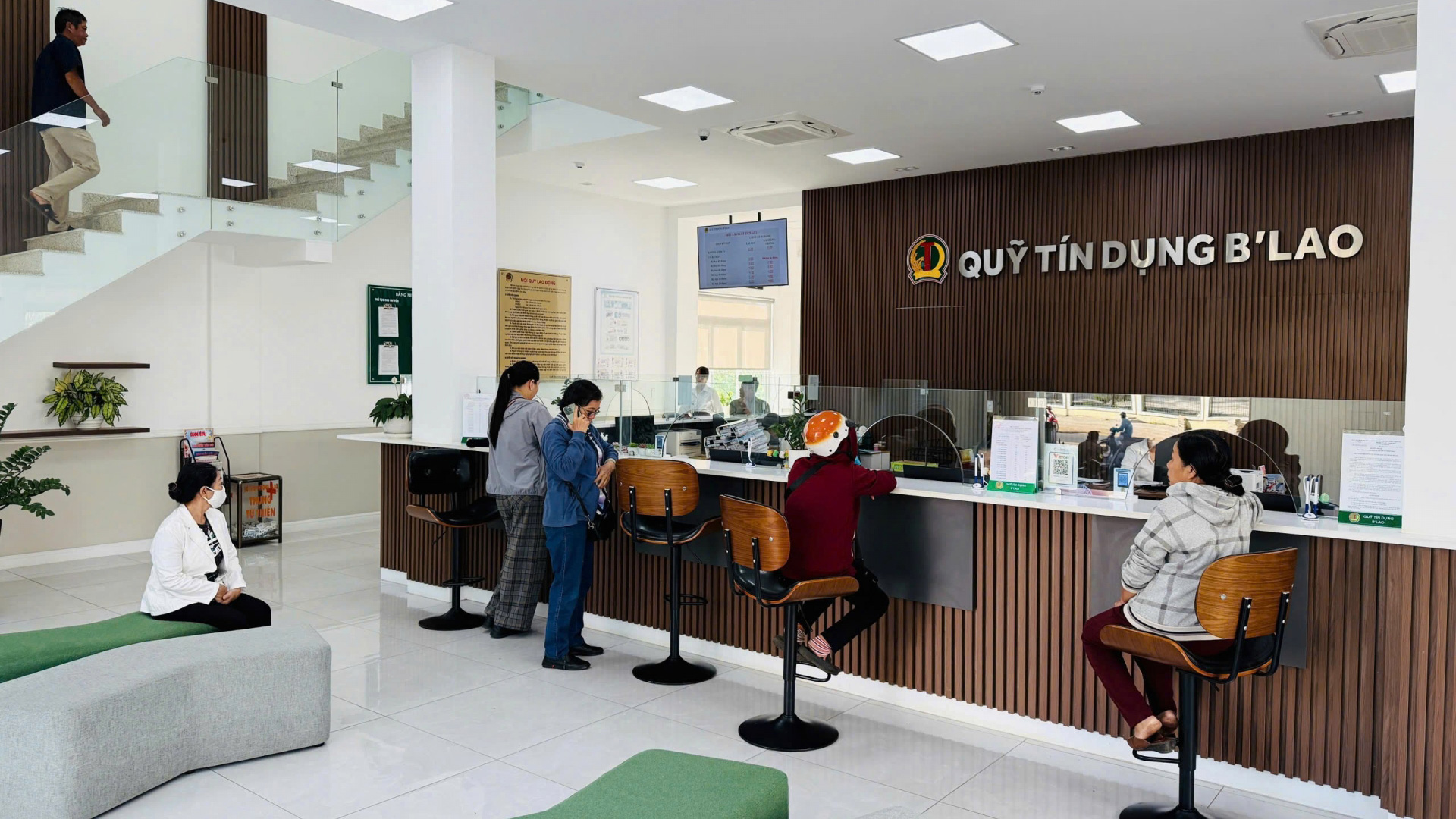
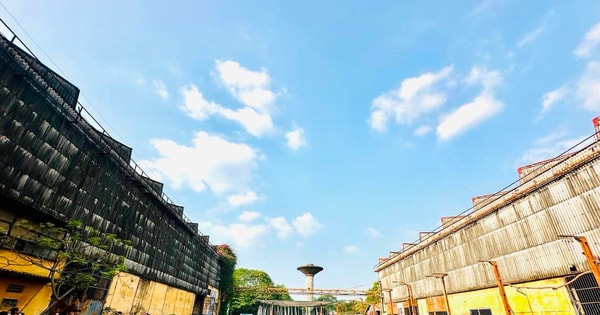




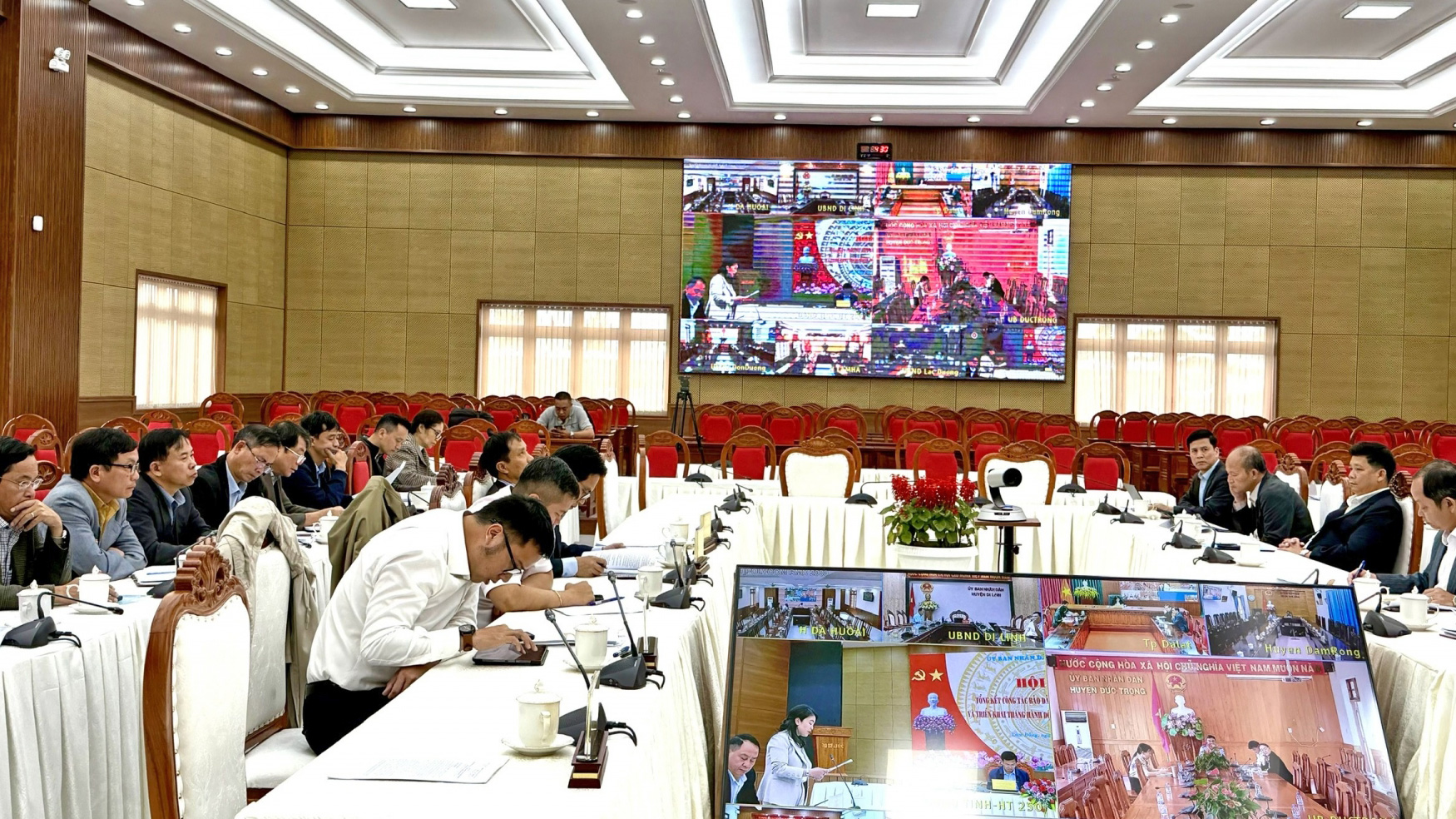

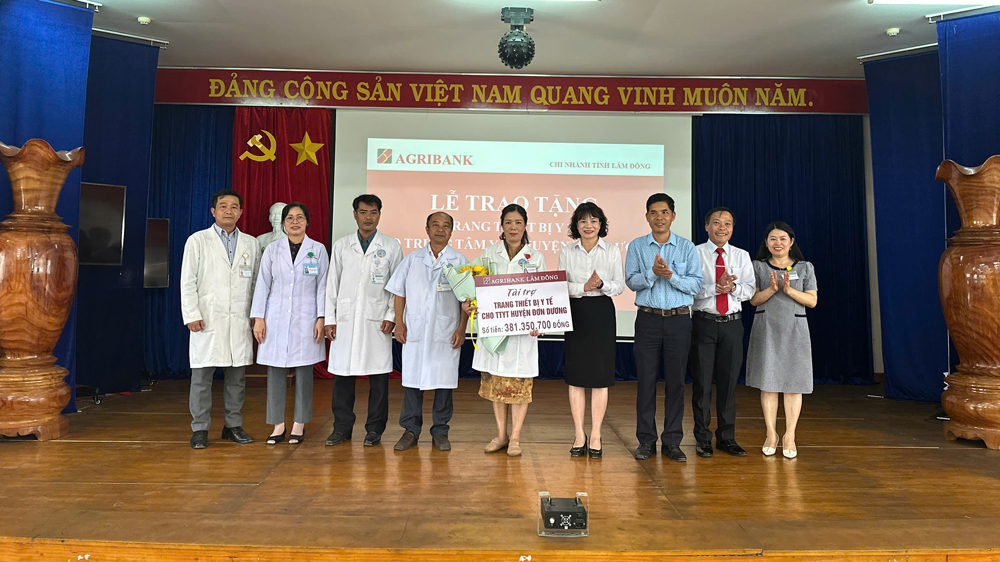

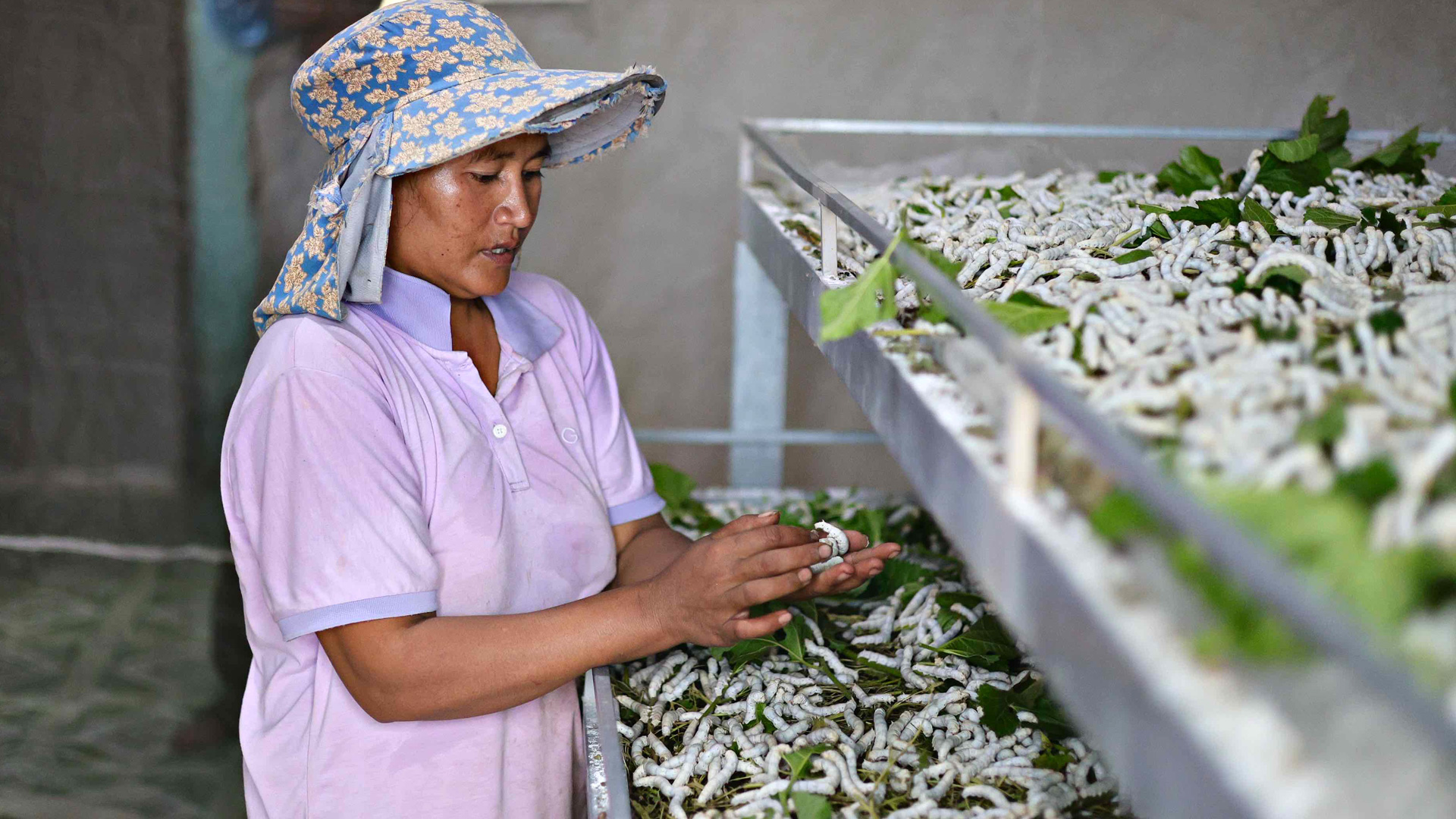




















































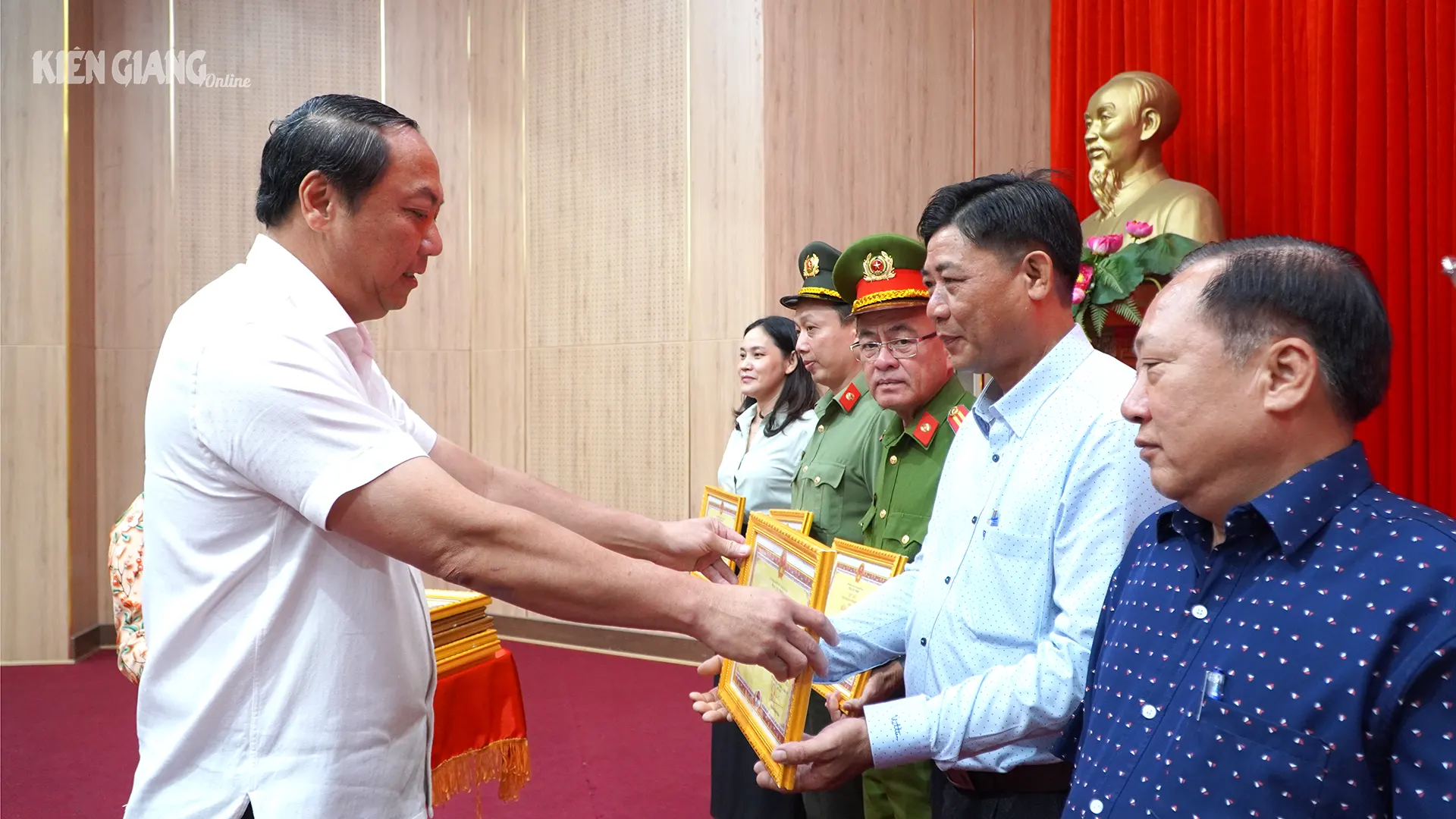
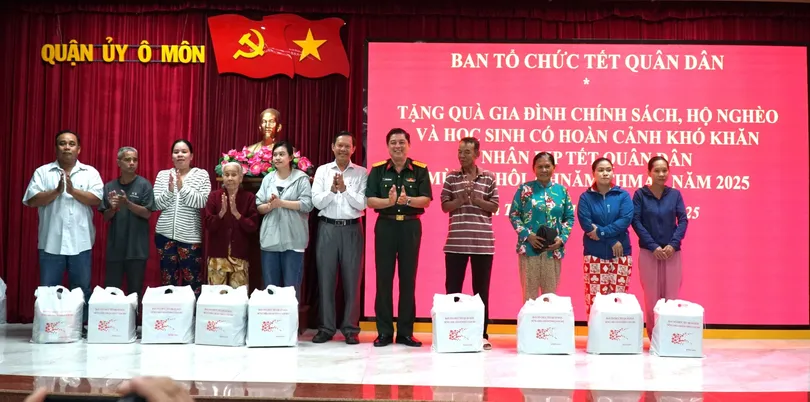








Comment (0)